Fochica™ is comprised of a Fochica open hardware, open software, Arduino-based device that is installed in a car and a Fochica app that is installed on the driver’s smartphone. Sensors monitor whether the child car seats are occupied or empty and send the data to the device. The device communicates with the app via BLE passing the information to the driver. When the driver’s smartphone goes out of range and a seat is occupied an alarm will sound on the smartphone.
Fochica is an alert, not a reminder. Meaning it will not nag you to “not-forget” your kid when you turn off the car or when you exit the vehicle. It is designed to alert when you have forgotten, which Fochica considers as being out of BLE range while a seat is occupied.
The latest prototype uses a capacitive pressure sensor. Previous prototypes used a capacitive proximity sensor and a magnetic reed sensor. You can use different sensors and hack away on the basic design.
Design Considerations
- Alert, not a reminder
- No dongles
- Low overhead
- Low-cost
- Support for several adults, cars
See the relevant build log for more design details
Logistics
The source code for the device is available on GitHub and licensed as GPLv3.
More information is available on the Fochica site and Wiki.
Please follow the project as I will be adding code, schematics, build logs and other content in the upcoming weeks.
The project is submitted to the “2017 Hackaday prize” contest, so click “Like project” if you liked what I am doing.
If you have any questions, suggestions or if you want to build your own Fochica, please join the discussion below.
An older video showing an early prototype
 Arik
Arik
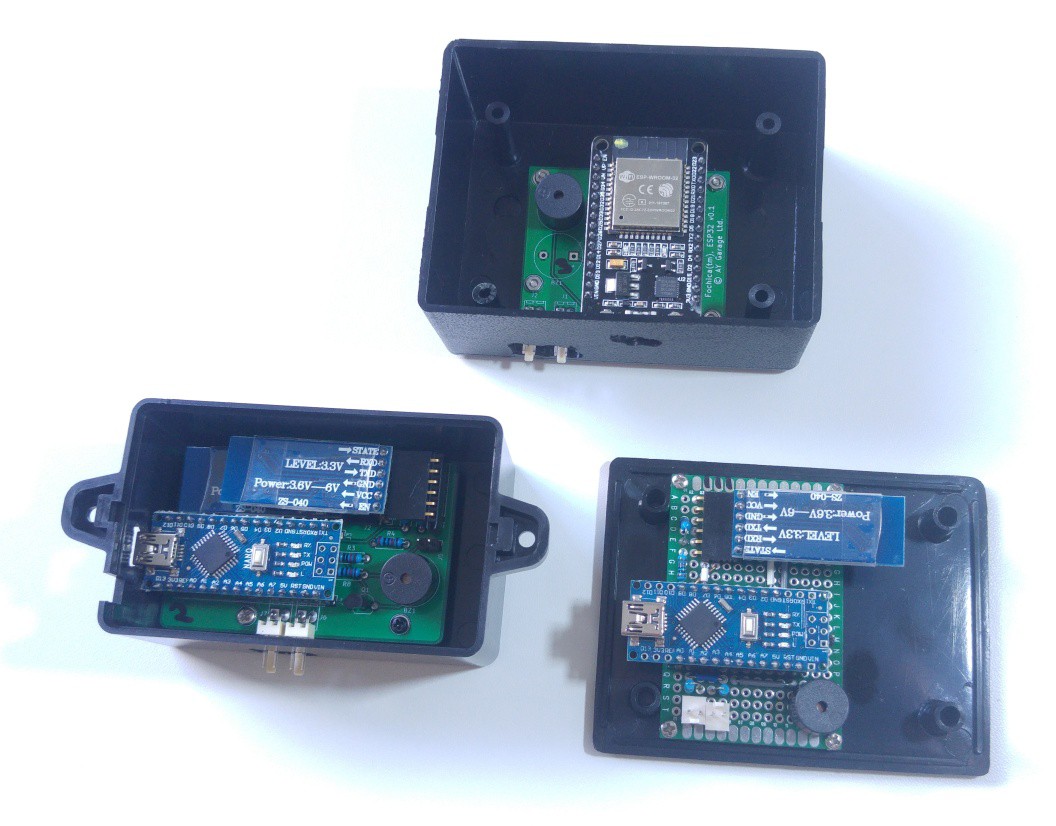
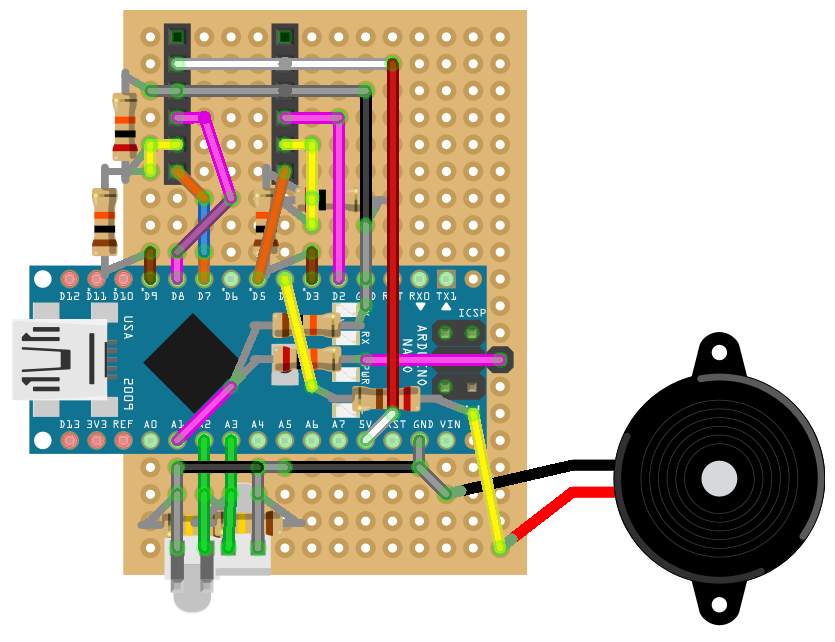
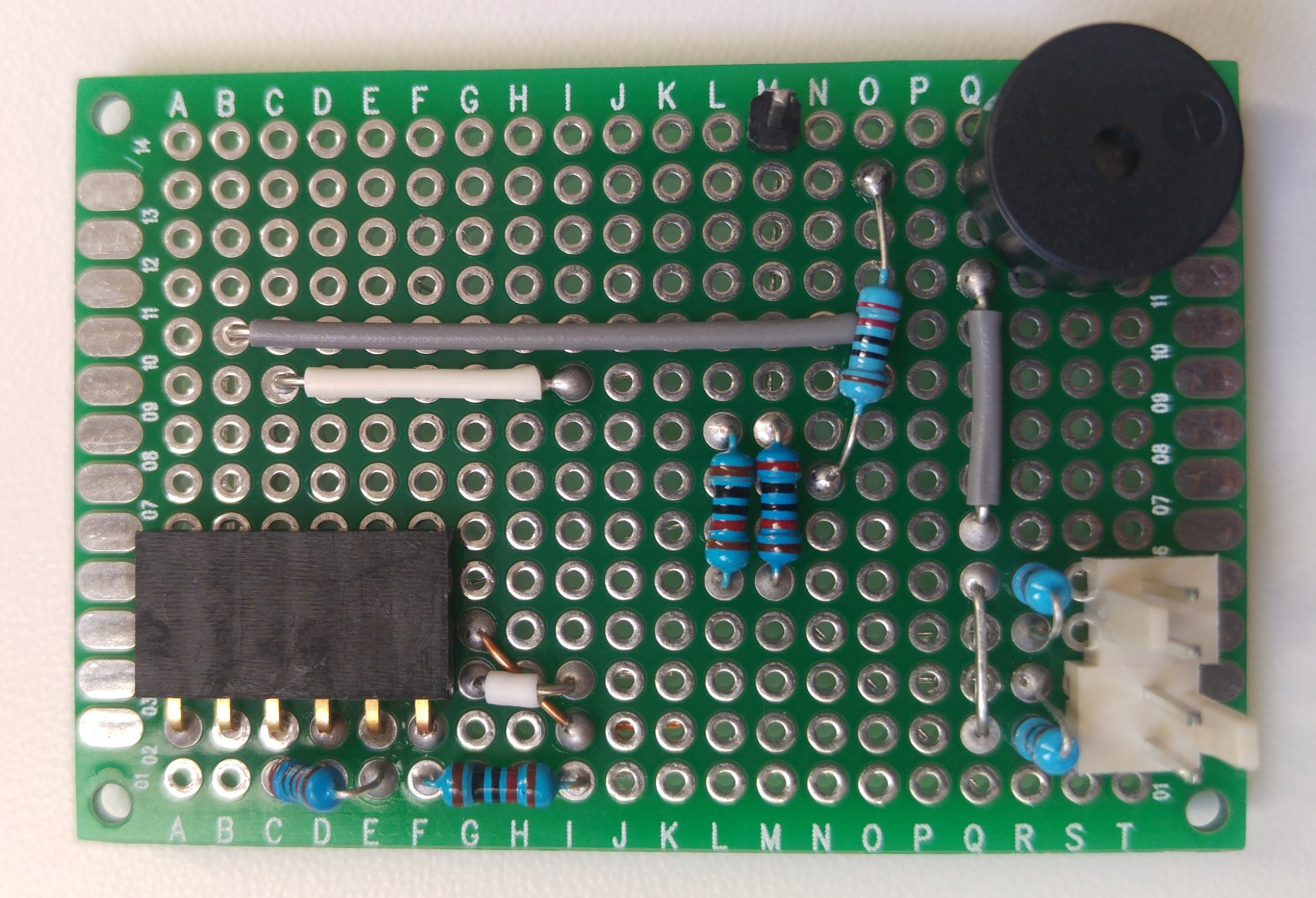
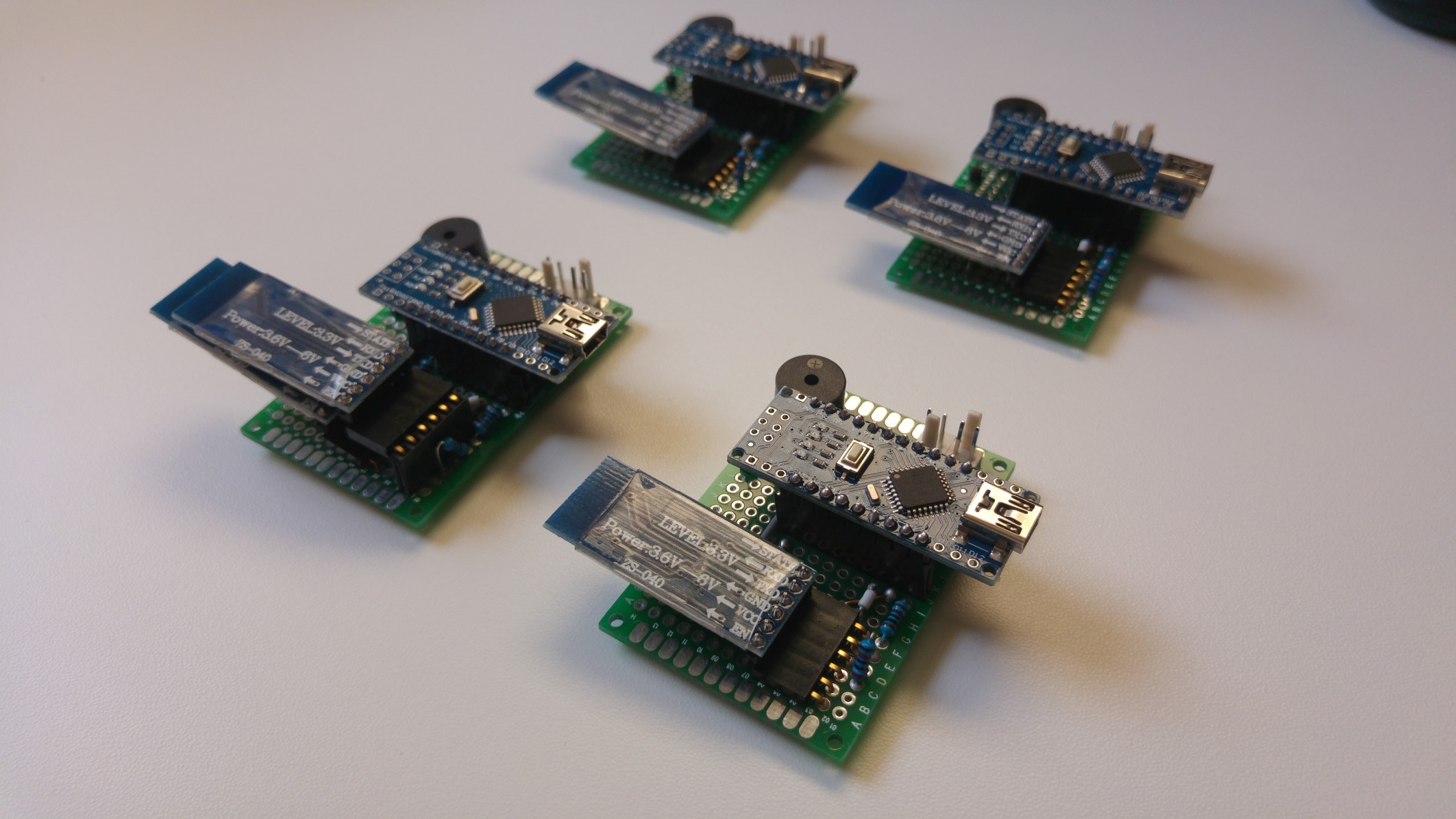
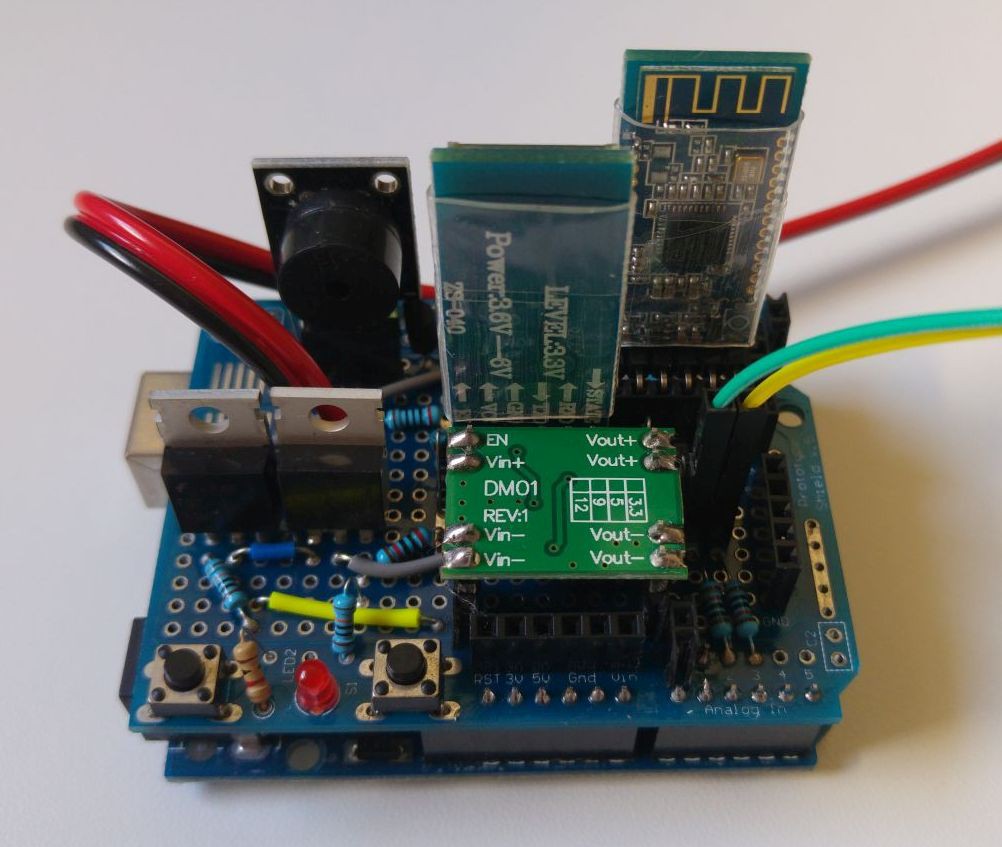

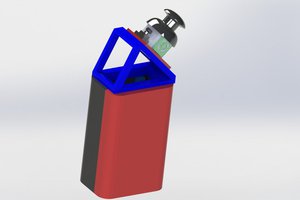
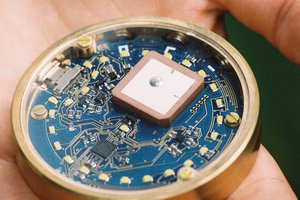
 Antoine Pintout
Antoine Pintout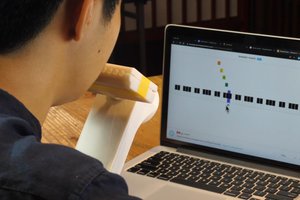
 Shu Takahashi
Shu Takahashi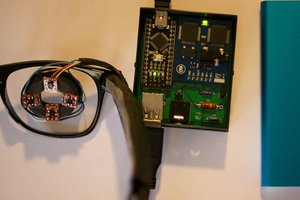
 Malte
Malte
Your project is amazing. This project has taught me a lot. Would like to share it with the team members of Best Car Broker Australia so that they could also read it and can implement something new in our running projects.